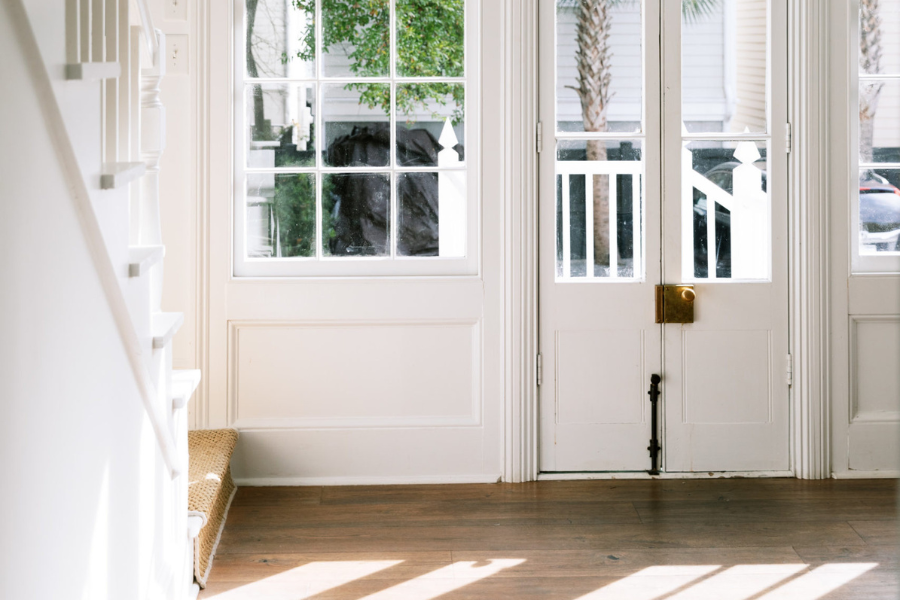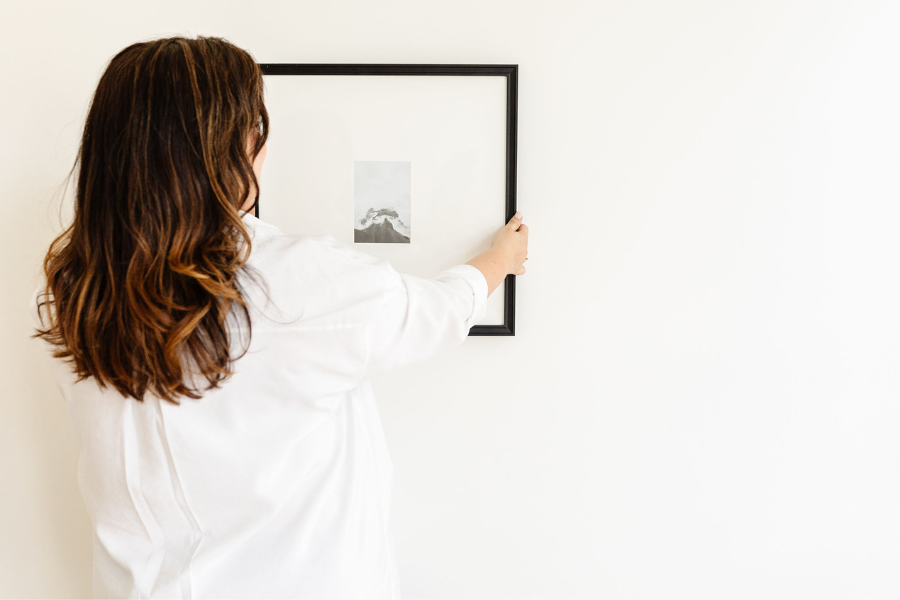The Actual Cost of Homeownership: 8 Hidden Expenses You Need to Know
Buying a home is a great way to invest in real estate, build equity, improve your credit, and generate cash flow. But the actual cost of homeownership goes way beyond the mortgage payment.

First-time home buyers often make the mistake of budgeting for their down payment without factoring in the ancillary costs involved in owning a home. Owning requires regular maintenance, protection against financial loss, and other expenses that can chip away at your savings over time
In this blog post, we’ll dive into the top 8 hidden expenses associated with homeownership so you can budget for this major milestone.
Whether you’re browsing houses online or preparing to submit your first offer, take a few minutes to understand the true cost of homeownership before you put pen to paper.

1. Closing Costs
Closing costs are the additional fees you pay over and above the home’s sale price to complete the real estate transaction. These fees are paid in addition to the down payment. Closing costs average around 2% to 5% of the sale price. The total amount will depend on your lender, loan type, and state.
Let’s say you’re purchasing a home for $200,000. If you factor in closing cost fees totaling 3.5% of the sale price, you’ll be responsible for an additional $6,998 at closing.
Closing costs typically include the following fees:
Types of Closing Costs
RELATED POST: A Homebuyer’s Guide to Real Estate Closing Costs
2. Real Estate Taxes
As a homeowner in the U.S., you will be required to pay real estate taxes calculated based on your home’s assessed value and the tax rate in your municipality. Property taxes are paid in perpetuity and tend to increase over time as home values appreciate.
Tax rates vary depending on your location, so it’s important to research your local tax rate before purchasing your first home. You can estimate the cost of real estate taxes for your property by multiplying the tax rate by the home’s assessed value (which is publicly available on each county’s tax assessor website).
If you are financing your home purchase, property taxes and insurance will typically be included in your monthly mortgage bill. In this case, your mortgage lender will set up an escrow account to collect money to cover your property taxes and home insurance premiums.
Every time you make your monthly mortgage payment, your lender will deposit and hold the amount meant for the two expenses in the account. When tax and insurance payments become due, the lender will use the money to pay the bills on your behalf.

3. Homeowners Association Fees
If you are looking to buy property within a homeowners’ association (HOA), there’s a good chance you will be required to pay HOA fees. Homeowners’ associations are often found in residential communities of condominiums, townhouses, and single-family homes.
The HOA collects and manages the community’s dues, which are used to cover costs for services such as garbage collection, landscaping, snow removal, and community facility maintenance.
HOA fees can be charged monthly, quarterly, or annually. Residents may also be required to contribute toward new upgrades and renovations in the neighborhood.
Before buying a home in a homeowners’ association, be sure to ask about the recurring HOA costs, any planned, pending, or intended assessments or increases in the HOA fees, and any repairs, maintenance, or capital improvement projects planned for the community.
4. Homeowners Insurance
Your home is one of your biggest investments and requires protection against financial losses. Homeowners insurance covers losses and damages to your home and the personal belongings within your home. Whether it’s damage from a natural disaster, theft, or a malfunctioning utility system, your homeowners’ insurance will reimburse you based on the policy terms and conditions.
Homeowners’ insurance also protects the financial interests of your lender by covering the asset collateralizing their loan. If you’re taking out a mortgage, lenders will require you to get a homeowners’ insurance policy and stay current on payments through the entire term of your mortgage.
This is a crucial step in the closing process and cannot be overlooked. Make sure you understand exactly what is covered under your policy and how much you will be paying in premiums each month.

5. Maintenance and Repairs
When you rent a property, maintenance and repairs are usually the landlord’s responsibility. However, when you own your home, all of the maintenance and repair costs fall on your shoulders. This includes things like fixing leaky faucets, broken windows, damaged roofs and addressing any issues with the plumbing, electrical and HVAC systems. These costs can add up quickly and catch new homeowners off guard.
To minimize these costs, it’s important to be proactive and keep up with routine maintenance tasks around your house, like cleaning gutters, changing air filters, and keeping your home clean. It’s also a good idea to have an emergency fund set aside for unexpected repairs.
RELATED POST: Should I Rent or Buy? Find Out in 3 Steps
6. Home Improvements
After living in your home for a while, you may want to tackle some improvement projects to add style and functionality to your space. Similarly, when you finally decide to put your house up for sale, you may need to make some improvements to attract potential buyers. Whether you’re adding to your house or remodeling existing rooms, these projects can be both expensive and time-consuming.
RELATED POST: 6 Must-Know Tips Before Your Hire a Home Improvement Contractor

7. Utilities
When you buy a new home, you may need to budget for utilities that you were not used to paying when living in a rented apartment. These include costs for water, sewer, garbage collection, and recycling. These costs can vary greatly depending on the size of your home and the energy efficiency of your appliances and HVAC system. Since these recurring expenses can be expensive, you must understand your utility responsibilities and budget accordingly.
To estimate utility costs for your new home, you can request the seller to provide a record of utility bills for the past 12 months. Your real estate agent can also give you a reasonable estimate based on the utility costs for similar homes in the neighborhood.
To keep your utility bills low, consider upgrading to energy-efficient appliances and installing a programmable thermostat. You can also save money by turning off lights and appliances when not in use and sealing any air leaks in your home.

8. Emergency Costs
There is no telling when emergencies will occur. To ensure you are prepared to cover the associated costs in case of an emergency, consider building an emergency fund. A savings fund will come in handy in the event of costly repairs that require immediate attention. These include fixing broken windows, appliance repair, and plumbing problems.
An emergency fund ensures you are financially ready when an unexpected home emergency arises. Generally, experts recommend that you save 1% to 3% of your home’s value annually for your home emergency fund.
In the end, keeping these expenses in mind will enable you to make informed decisions and budget properly for the true cost of homeownership.
Don’t let the hidden cost of homeownership discourage you. Owning a home can bring a sense of pride and stability. Plus, it can be a smart investment in your future. Just make sure you do your research and factor in the full cost of homeownership before taking the plunge.
By being informed and prepared, you can enjoy the benefits of owning a home without breaking the bank.
This post is all about the cost of homeownership.







